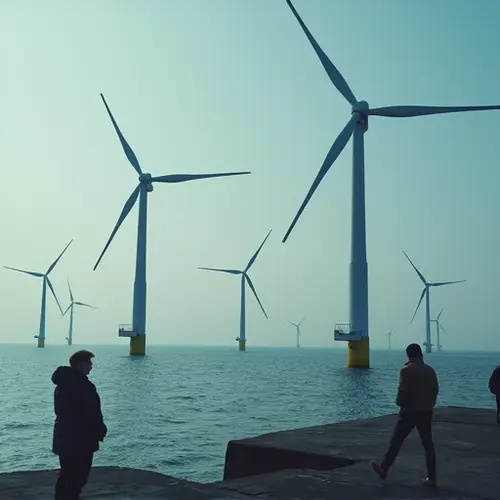
Germany Builds Europe's Largest Wind Farm
Germany has solidified its position as a leader in renewable energy by constructing Europe's largest wind farm. The project, part of the country's ambitious energy transition plan, underscores the central role of renewables in Germany's energy policy. With a capacity of 4 GW, the wind farm is a significant step toward achieving the nation's goal of 115 GW of wind power by 2030.
Renewables at the Center of Energy Policy
Wind power is now Germany's most important electricity source, contributing 30% to the national grid in 2024. The country's Renewable Energy Act (EEG) has been instrumental in driving this growth, providing guaranteed remuneration for wind energy producers. The new wind farm, located in the North Sea, leverages offshore wind's higher and more consistent wind speeds to maximize efficiency.
Germany's commitment to renewables is also reflected in its broader energy strategy. The government aims to reduce dependence on fossil fuels and energy imports, with wind power playing a pivotal role. The expansion of wind energy is expected to create thousands of jobs and boost local economies, particularly in rural areas where most turbines are installed.
Challenges and Future Outlook
Despite the progress, challenges remain. Regulatory hurdles, such as lengthy licensing processes and strict land-use rules, have slowed expansion in some regions. Additionally, the uneven distribution of wind turbines across Germany has strained the national grid, requiring costly re-dispatch measures to balance supply and demand.
Looking ahead, Germany plans to install 13 GW of new wind capacity annually to meet its 2030 targets. Innovations like repowering older turbines and integrating hydrogen production with wind farms are expected to further enhance efficiency and sustainability.

 Nederlands
Nederlands
 English
English
 French
French
 Deutsch
Deutsch
 Espaniol
Espaniol
 Portugese
Portugese



